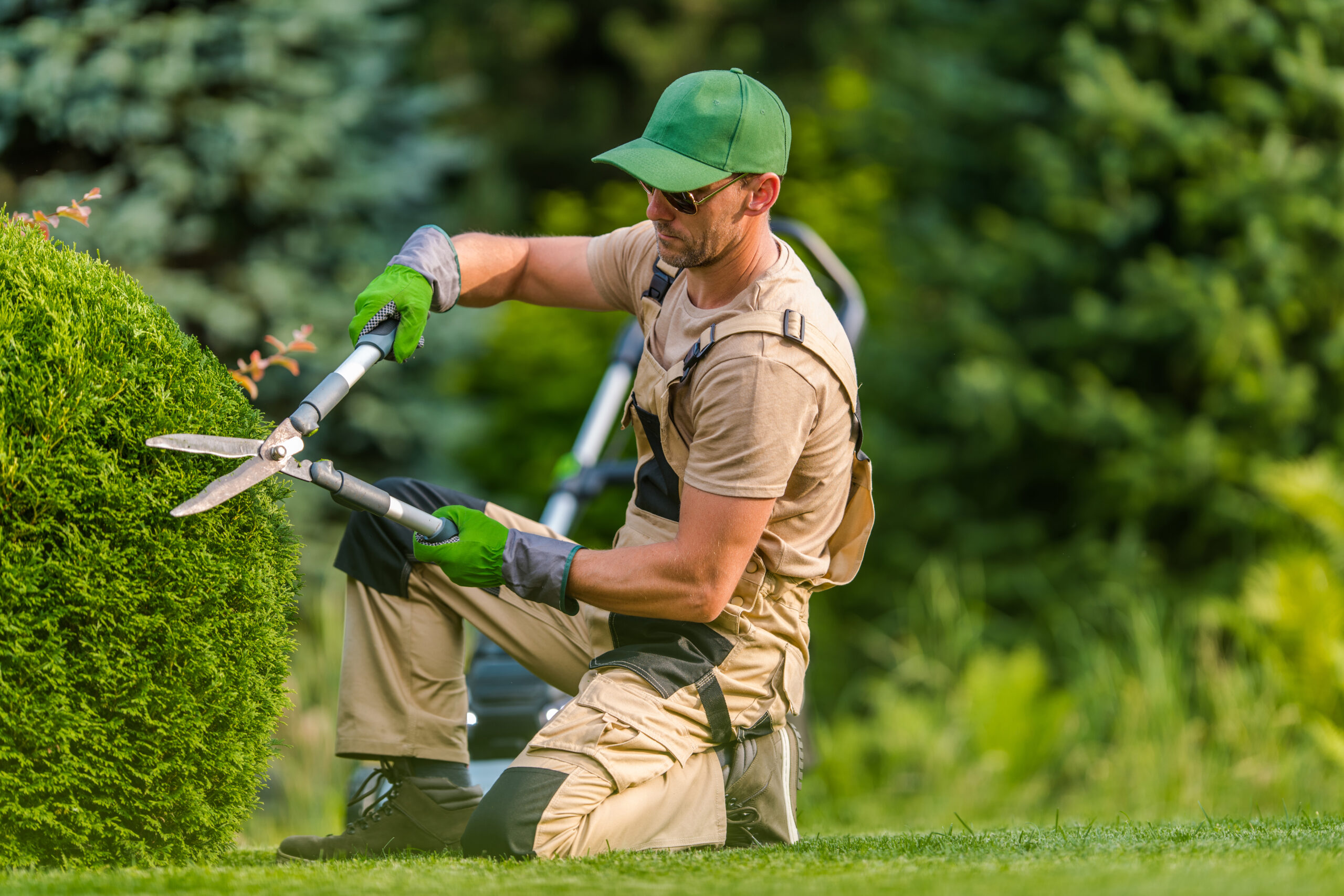Trimming bushes and trees is an essential aspect of landscaping maintenance, and the timing of this task can significantly impact the health and aesthetics of your outdoor space. While there may be different opinions on the best time to trim, late winter or early spring is generally considered optimal for several reasons.
Firstly, many plants are dormant in late winter or early spring. During this time, bushes and trees shed their leaves and show minimal growth. This dormancy period makes it easier to see the overall structure of the plants and identify which branches need pruning. With the foliage gone, you can better assess the shape and health of the plant, allowing for more precise cuts.
Additionally, pruning during late winter or early spring minimizes the risk of interfering with the plant’s natural growth cycles. Trimming during this period doesn’t disrupt the plant’s budding or blooming processes as it would if done during other times of the year. By avoiding pruning during periods of active growth, you reduce the stress on the plant and help it allocate its resources more efficiently.
Another advantage of trimming in late winter or early spring is that it promotes vigorous regrowth once the growing season begins. Removing dead, damaged, or diseased branches before new growth stimulates the plant to produce fresh, healthy development, resulting in a more robust and aesthetically pleasing appearance for your bushes and trees throughout the spring and summer.
Moreover, trimming in late winter or early spring prevents diseases and pests from spreading. Removing dead or diseased branches before the warmer weather can reduce the risk of fungal infections or infestations by active insects during the growing season. Pruning during this time also allows wounds to heal more quickly, as plants are more adept at sealing off cut surfaces when they’re not actively growing.
It’s worth noting that while late winter or early spring is usually the preferred time for pruning, there are exceptions. Some species may have specific pruning requirements based on their growth habits and flowering patterns. For example, spring-flowering shrubs often bloom on old wood, so pruning them immediately after flowering ensures that you don’t remove next year’s flower buds.
In conclusion, trimming bushes and trees in late winter or early spring offers several benefits for both the plants and the overall health of your landscape. This timing allows for better visibility of the plant’s structure, minimizes stress on the plant, promotes vigorous regrowth, and helps prevent the spread of diseases and pests. While exceptions may be made based on specific plant species, following this general guideline will help maintain a thriving and visually appealing outdoor environment.

